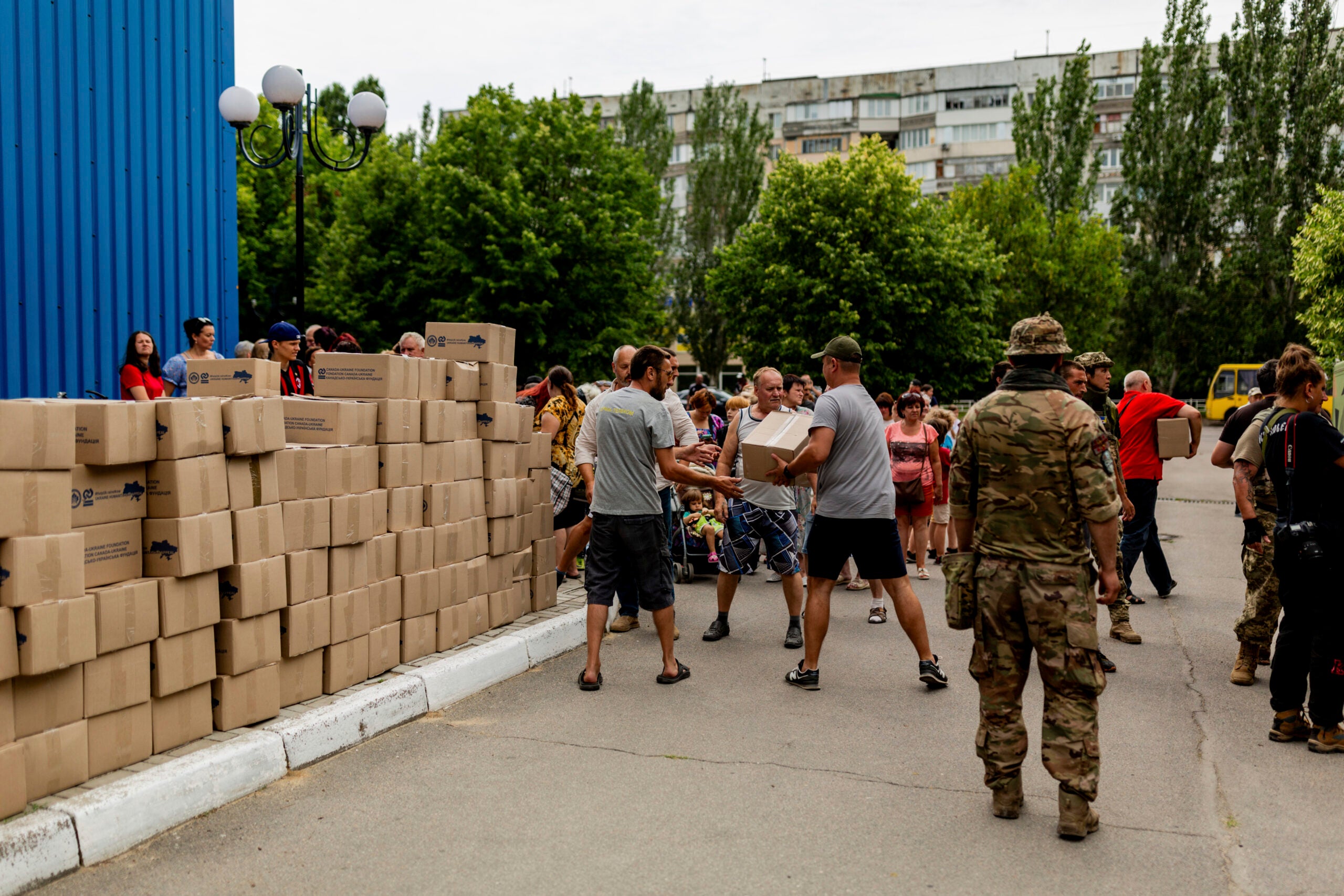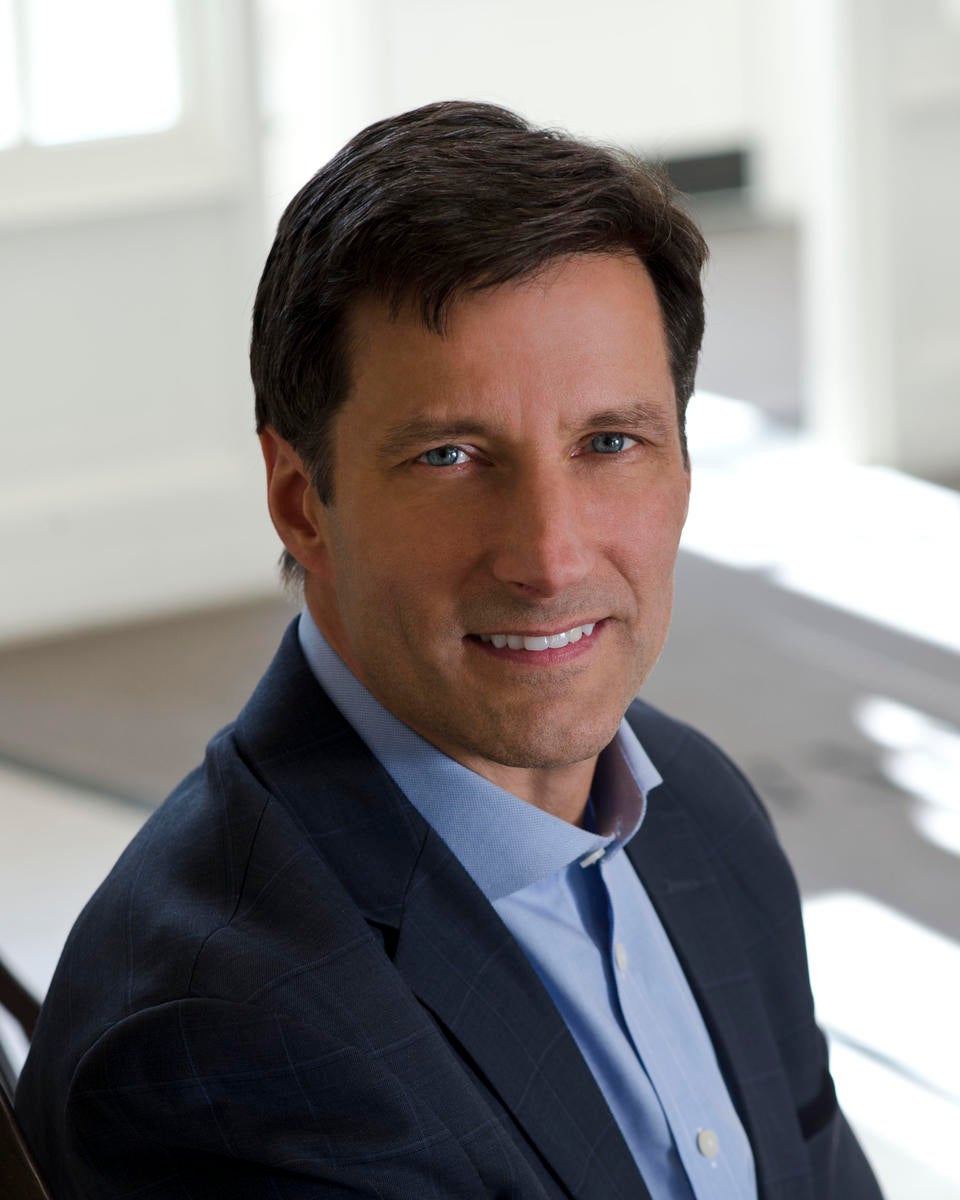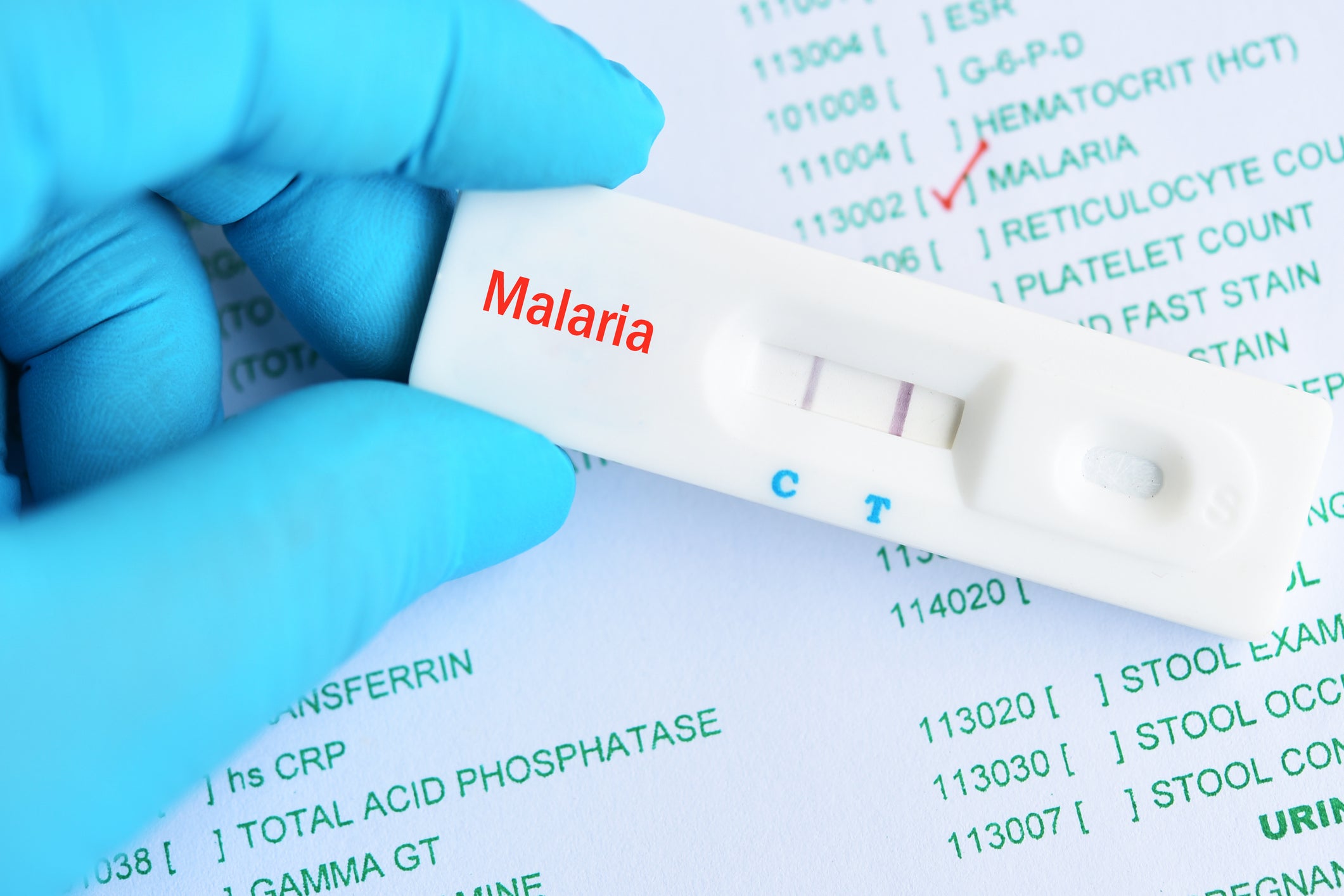Harvard Humanitarian Initiative celebrates two decades of advancing humanitarian aid

This year, the Harvard Humanitarian Initiative (HHI) is celebrating its 20th anniversary. Its director, Michael VanRooyen, Lavine Family Professor of Humanitarian Studies at Harvard T.H. Chan School of Public Health and enterprise chief of emergency medicine for the Mass General Brigham health system, looks back at some of the program’s accomplishments, highlights its global reach, and ponders the future of the humanitarian aid sector.
Q: How did HHI come to be?
A: I was directing a humanitarian center at Johns Hopkins and my Harvard colleague Jennifer Leaning had started a humanitarian crises and human rights program in 1999 at the Harvard FXB Center for Health & Human Rights. In 2004, I came to Harvard and approached Jennifer with the thought of creating a different program, a Harvard-wide entity. A year later, we got approval from the University and co-founded HHI. In 2010 Jennifer became director of the FXB Center and I continued on at HHI as director.
To get us off the ground, a donor gave us a small donation and the Harvard provost gave us a modest budget for three years. As a startup that was great. The budget allowed us to get started as a team, but more importantly, the endorsement by the University as an interfaculty initiative gave us a sense of validity and a license to move around the University. Today, HHI has an annual budget of nearly $20 million, and we work across all of Harvard, through affiliations with the medical, public health, law, business, and design schools, among others, as well as Harvard College departments including engineering, philosophy and applied mathematics.
Q: How is HHI organized and what is your strategy around working in the field?
A: HHI is basically divided into two pillars, the Humanitarian Academy, which is all of our education work, and humanitarian research, which is all of our research efforts. Under research, we have a number of programs that focus on different sectors in the humanitarian world, including research programs in humanitarian health, disaster resilience, evaluation science, and humanitarian technologies. We also have partnerships with the Harvard-affiliated hospitals, including Brigham and Women’s, Mass General, and Boston Children’s.
Most of our work is with major non-governmental organizations (NGOs) and UN agencies, where we provide technical assistance for a variety of projects. For example, HHI works closely with International Medical Corps on a large trauma training program in Ukraine. We provide physician educators, technical training in trauma, chemical-biological weapon response, and systems preparedness. Our work with CARE, Save the Children, the Red Cross, International Medical Corps, and Doctors Without Borders allows us to work in complex areas in the world, such as Sudan, Syria, Gaza, Ukraine, and others.
Q: What are some key highlights that come to mind from the last 20 years?
A: We received a transformational gift from Jonathan and Jeannie Lavine that created an endowment to support our humanitarian studies program and a professorship for the HHI director. That major contribution created a much-needed sense of certainty and stability.
Another highlight happened incrementally. Over the past 20 years, HHI has become an important organization in the global humanitarian community and our model of academic engagement continues to expand.
Another point of pride is the Humanitarian Academy, which has been a focal point for humanitarian education globally. We’ve created online, just-in-time video training that has been accessed by millions. We’ve had remote learning and remote courses that have served over 200,000 people, and we’ve directly trained probably over 4,000 people in the humanitarian sector. That’s a big reach for a small organization, and it’s with some pride that I count many of the leaders in the humanitarian sector today as having been educated by HHI.
Q: Your team is frequently on location lending a hand during humanitarian crises ranging from wars to natural disasters to pandemics. Where are some of the places HHI has contributed assistance?
A: HHI’s been involved with virtually every major humanitarian emergency over the last 20 years, so we’ve worked extensively in South Sudan, Syria, Gaza, Iraq, Ukraine, Democratic Republic of Congo, and throughout the Horn of Africa. We’ve worked on the Central African Ebola epidemic and in many natural disasters like the Indian Ocean tsunami and the Haiti earthquake. Several of us have been involved in domestic disasters. I responded to the September 11 attacks on the World Trade Center and to Hurricane Katrina in New Orleans.
Q: What lessons have you learned over the last two decades?
A: I’ve learned that we have to be very creative in getting out into the field. This requires us to constantly innovate and build partnerships in order to work in major humanitarian settings. It is a field that is dynamic and actively changing, so we have to be responsive to the next humanitarian crisis in order to be relevant. I’ve also learned how to diversify our programs and funding base so we can withstand major changes in policy and the economy. As a largely grant-funded organization, we always have the pressure of funding our own work, which requires important relationships across sectors.
Q: What do you see as HHI’s legacy?
A: I think it’s bringing Harvard to the humanitarian world in a positive, transformative way.
Our impact really is measured by our work in the most challenging regions of the world and having a reputation for positive contributions to the whole global humanitarian community. We have been an important force for professionalizing the humanitarian sector. The aid world started out as a culture of adventure seekers—people going into the field without data, without science, without research, and without education. We sought to change that by creating the concept of a humanitarian university, one which brings multidisciplinary resources and research to engage and train the next generation of humanitarian providers.
Q: Looking ahead, where do you expect HHI to be 20 years from now?
A: The sector is going through radical changes right now—there are deep budget cuts and political threats to the NGOs and UN agencies that have formed the backbone of humanitarian response for decades. There are also new models of politically sponsored aid that undermine our core principles of neutrality and independence and turn humanitarian assistance into a tool of political manipulation. These are existential threats to principled humanitarianism.
As much as it would be practical to stand back and see what happens, I don’t think it’s productive to do that, so I see HHI working with our key collaborators from WHO, UN agencies, and NGOs, to help see what the next generation of humanitarian response is going to look like. I hope we can play a meaningful role in that transformation, that we will continue to be the link between Harvard and the humanitarian sector in finding ways to contribute to this new model of humanitarianism.
It’s a big ask.
But 20 years from now, I hope HHI will have been an important part of professionalizing the humanitarian field, and, by doing so, will have helped save the lives of millions. It’s always been an audacious goal, but one that’s worth working toward.



